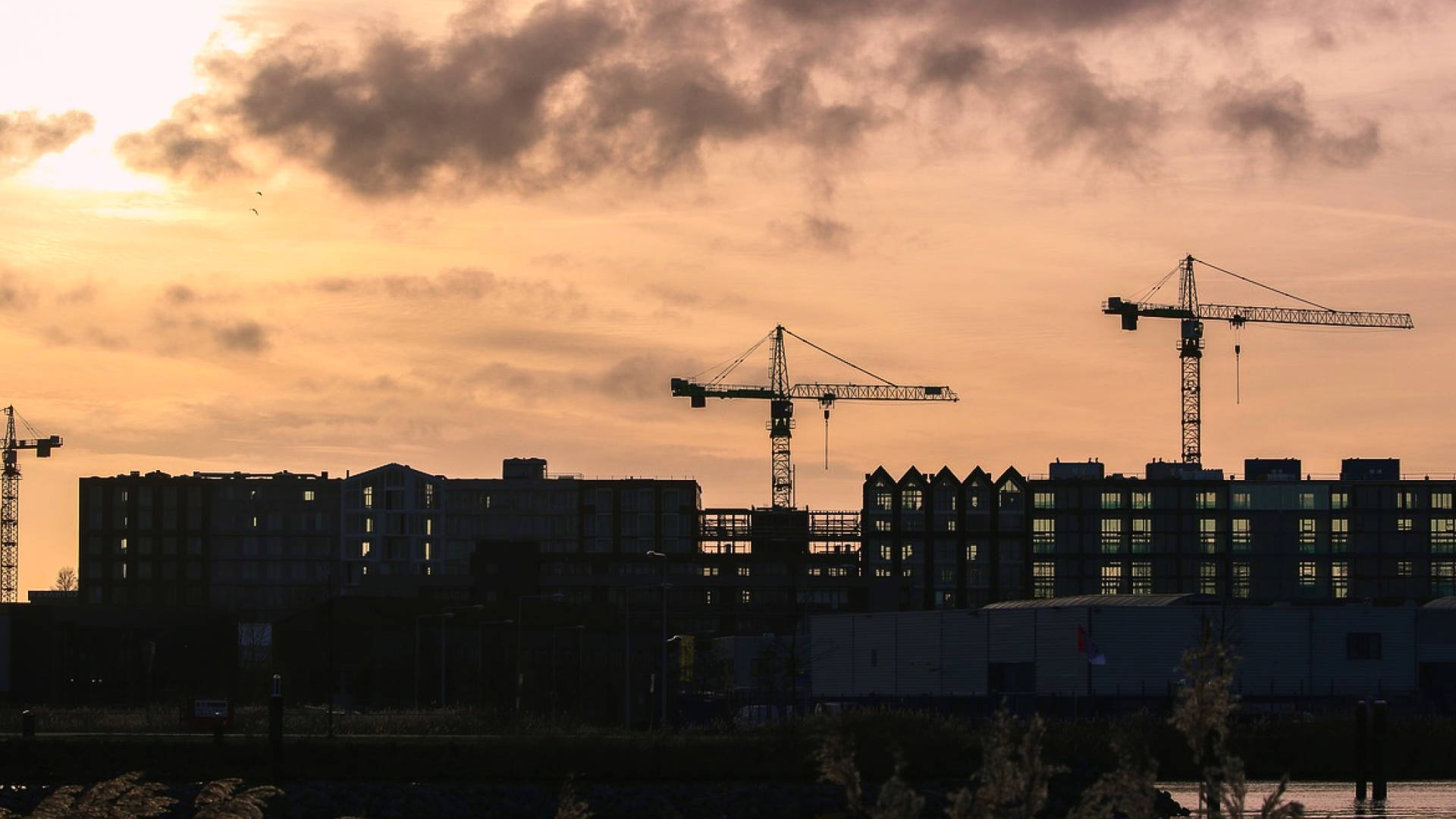
Building Remediation
Latest
-
Today, Thursday 24 April, UK Finance has published an update to the current lender statement on cladding. This update covers:
- Reliance in the mortgage journey on EWS1 forms more than five years old; and
- The scenario of an EWS1 form in the mortgage journey by an invalid signatory
Leaseholders and prospective buyers will now have more clarity on purchasing homes with building safety issues, following a key update from mortgage lenders and the Royal Institution of Chartered Surveyors (RICS) regarding EWS1 forms.
To read the UK Finance lender statement update in full CLICK HERE
-
HSE is setting up a new Remediation Enforcement Unit within BSR to quickly assess the cladding risk for those buildings registered with us.
This is part of the remediation action plan as announced by the Deputy Prime Minister, Angela Rayner MP.
The Remediation Enforcement Unit will hold to account owners of registered higher-risk buildings (HRBs) clad with combustible aluminium composite material (ACM) and high-pressure laminate (HPL), enforcing where necessary, to ensure the remediation of unsafe cladding on HRBs.
We expect the unit to be up and running by Summer 2025.- Building Remediation
-
On 2 December 2024, the government published its plan for increasing the pace of remediation for buildings in England with unsafe cladding.
The plan consists of a number of measures to:
- fix buildings faster
- identify buildings at risk more quickly
- support residents and leaseholders
Access the full collection of documents and supporting policy papers here
- Building Remediation
-
A new alert from CROSS UK draws attention to the safety risks associated with preventing the operation of smoke vents, in particular Automatic Opening Vents (AOVs), by construction works on existing buildings.
-
Today, the NAO have released their report on dangerous cladding. This report assesses whether MHCLG’s remediation portfolio in England is completing timely remediation of unsafe cladding at a reasonable cost to the taxpayer.
-
Remediation Acceleration Plan - Guidance & Policy Papers
-
NAO Report on Cladding Remediation - November 2024
-
Guidance - Cladding Safety Scheme overview
-
FRAEW and External Walls (including information and remediation) - Ark Explainer Video Series
-
Apply for the Cladding Safety Scheme (11m - 18m)